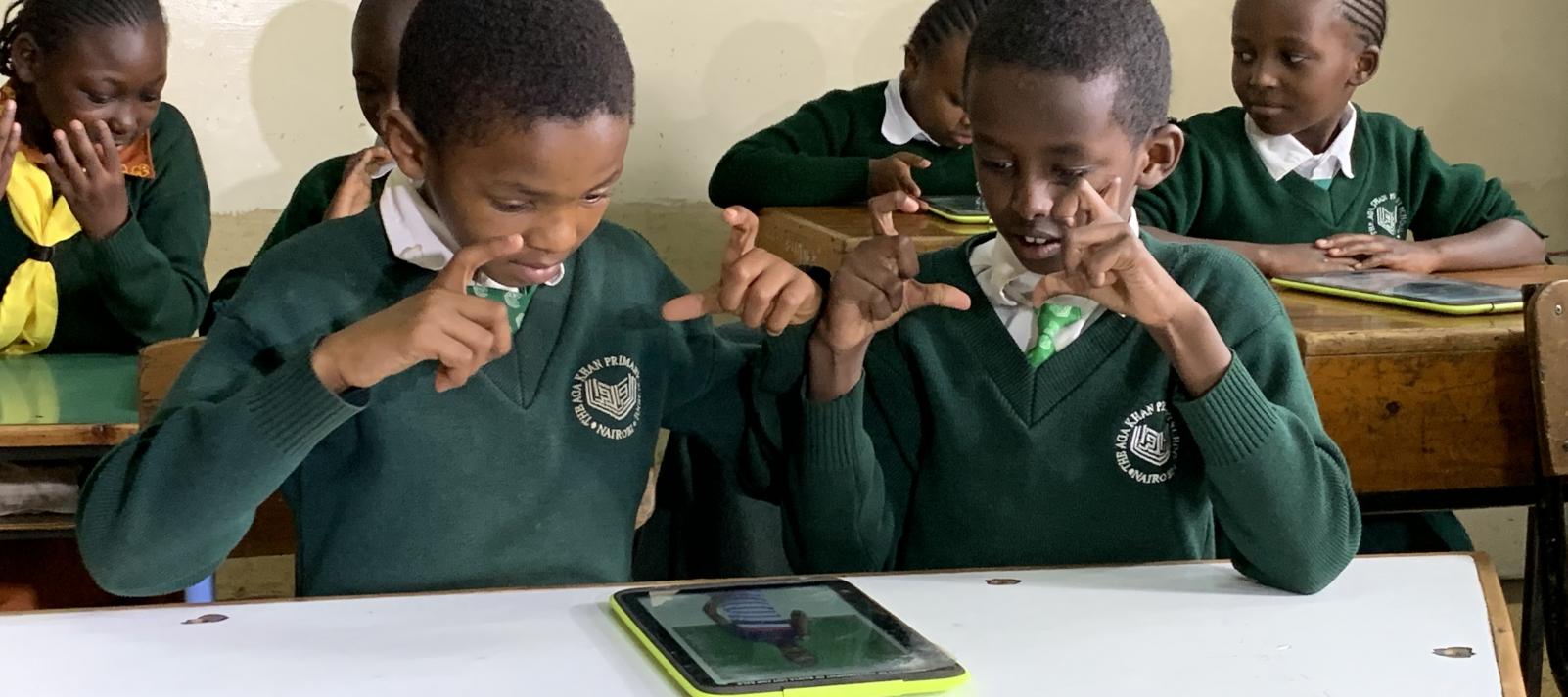User needs

Development and mapping of the catalog required categorizing products, tools and resources by the user needs. In some cases resources in the catalog are designed to address a disability specific need, but other users may also derive benefit from the accessibility features. For example, read-aloud audio can benefit user who have difficulty seeing, as well as learners who prefer content read aloud to them.
To better structure these categories, we took as a foundation the Washington Group/UNICEF Module on child functioning to focus on functional difficulty in hearing, vision, communication, learning, mobility and emotions. For solutions that can be used to address many of these functional areas, or support Universal Design for Learning in inclusive settings, more than one category may be applied, or may be tagged with “everyone.”
The 6 categories we chose are:
- Everyone >
Can support Universal Design for Learning for all learners, including second language learners and learners from other marginalized groups.
- Vision >
This includes learners who are blind or who have a degree of low vision. Not all resources will be applicable to both, for example Braille may or may not be used by learners with low vision depending on their preference, while text-magnification cannot be used by learners who are blind.
- Hearing >
This includes learners who are deaf or who are hard of hearing. Not all resources will be applicable to both.
- Learning >
This may include a broad learning disability impacting all aspects of learning, or may take a specific form, such as Dyslexia, which may result in difficulty interpreting text, personal organisation or making decisions.
- Communication >
This includes difficulties with the production or comprehension of speech and language, and other forms of communication.
- Mobility >
This may affect hand/arm/eye coordination, such as turning the pages of a book, or may limit physical mobility making movement within or between settings a challenge.
In addition to the Module on Child Functioning, the “User Requirements” mapping from the ADT (Accessible Digital Textbooks) was used as a foundation for mapping accessibility features.